Finisterre
We felt that our Camino would not be quite complete without a visit to Kilometre Zero at Finisterre, and a side visit to Muxia. Finisterre is reputedly the place at which the boat carrying St James’ body landed on the coast of Spain, and the place where the local pagan queen denied permission for his burial, ordering that he not be buried within three days walk of the coast – and hence why he was taken inland to Santiago de Compostela – to lie beneath the field of stars.
We took a bus tour – partly because we were running up against visa deadlines, partly because after 42 days walking it was nice to rest, and because the tour would be informative about what we were seeing.
Finisterre – which literally translates as the ‘end of the earth’, or more poetically, the ‘end of the world’ – was indeed what the Romans considered to be the end of the known world at that time. From here there is almost nothing but ocean between us and the Americas. Consequently, the place developed a mystique – especially when there was an ocean fog, where people could literally sail away and be swallowed up in the mist. It was considered a gateway to the underworld or the afterlife.
The area was once inhabited by the Artabri – a Galician Celtic tribe – who were Sun worshippers and a ritual site has been identified nearby with that practice. And there is archeological evidence of continuous habitation on the peninsula since around 1000BC.
The Faro, or lighthouse was built in 1853 and is still in use today – albeit with updated lighting! And it is open to visitors.
There is a tradition that pilgrims would come to this place and burn their clothes (a practice now outlawed) perhaps as a ritual of purification, or as an actual disposal of clothes that by now would be pretty rank if you hadn’t washed them regularly along the way. It was also a place to collect your scallop shell as proof that you had completed your pilgrimage. Today pilgrims start with the shell to identify themselves as pilgrims.
This place also marks the true end of the Camino – with the 0.00km marker. It is the Spanish equivalent to Lands End or John-O-Groats, although there is another zero kilometre marker in Madrid – from which distance from Madrid is measured right across Spain.
We stopped for lunch in the main town. Despite us being in a fishing port, we had steak and salad, served by a surly youth, for whom our lunch was clearly an unwelcome interruption to his day. However, we did have a lovely view out over the harbour with its colourful fishing boats and enormous seagulls.
Muxia
Muxia, for its part, is reputedly the last place that St James preached, and where he prayed for guidance on how to convert the locals. At this point, he had a dream which took him on a pilgrimage to Rome, where he was subsequently martyred.
There is an ancient cross to mark the place, just near the church. The town of Muxia is named for the monks that established a nearby Benedictine monastery.
The church at Muxia is known as the Santuario da Virxe da Barca, which translates roughly as ‘The Sanctuary of the Virgin of the Boats’. It was badly damaged by fire from a lightning strike in 2013 which destroyed the sacristy; the main roof; and the ornate baroque central altarpiece. The church has since been repaired, although it wasn’t open when we visited (I managed a photo through the window). According to Wikipedia:
“The sanctuary was originally a pre-Christian Celtic shrine and sacred spot. This part of Spain was resistant to conversion to Christianity, and was only converted in the 12th century. The Christians built a hermitage on this location at first, and later the present church in the 17th century.”
The church houses quite a collection of model fishing boats – these are brought into the church by local fishermen to seek divine protection while they are out on the ocean. It is, ironically, a form of sympathetic magic that has been invoked since pre-Christian times, or perhaps a kind of Dorian Gray for boats.
Muxia is located on the Costa de la Muerte – the coast of death – so-named because of the large number of shipwrecks along the treacherous coastline. So it is perhaps not too surprising that sailors in the local fishing community seek divine protection.
Such divine protection was not so forthcoming on 13 November 2002 for the oil tanker ‘Prestige’ which ran aground at Muxia, spilling some 20 million US gallons/75 million litres of oil into the Atlantic and along the coast from Portugal to France, with Muxia being the worst hit. A massive cleanup followed, and a large compensation payout was made to the local fishing communities, but many small coastal fishing and farming villages reliant on coastal industries and tourism were badly affected by the spill.
A monument has been erected up the hill from the church to recall the incident. The monument takes the form of a broken rock – symbolic of the break in the ship, the wound to the sea and also of how the disaster divided the community through the economic hardship engendered by the damage to the area. The monument is called “A Ferida” and was sculpted by local artist Alberto Bañuelos.
There was also a kiosk selling locally made lace – it is always fascinating to watch a skilled lacemaker at work – such nimble fingers and such fine work!
The tour also took us to a waterfall – reputedly the largest such fall in Spain.
But the tranquil bay was visually far more interesting, if less dramatic …
Then it was on to see the great Horreo at Carnota. It is apparently the largest in Galicia, and our guide enthusiastically explained how it worked to dry the corn cobs and maize. They were built narrow enough to get air flow around all of the corn cobs, and the mushroom-capped stilts deterred vermin – rats and the like – from entering and spoiling the crop. As for the size? This one was built and owned by the church, and held the tithe tributes from the local market gardeners. By tradition, each farmer was to give ten percent of their crop to the church, who would store it and use it to feed the clergy, the pilgrims and the poor – likely in that order. It was also a safe store in case of crop failure. Horreos are a significant feature on the Galician landscape, although similar grain stores and drying houses can be found throughout France and rural UK.
And finally, we came back to Santiago de Compostela. Tomorrow it will be time for another visit to the Cathedral and to search for the Hidden Pilgrim!
________________________________________
INDEX – If you wish to follow our journey from the start, or jump in to any of the Camino posts,
here is a link to the index page – also found in the navigation bar at the top of this blog
________________________________________
Why not have these posts delivered to your in-box? Just enter your email address and click the ‘subscribe’ button in the left margin, and don’t forget to respond to the confirmation email in your in-box 🙂


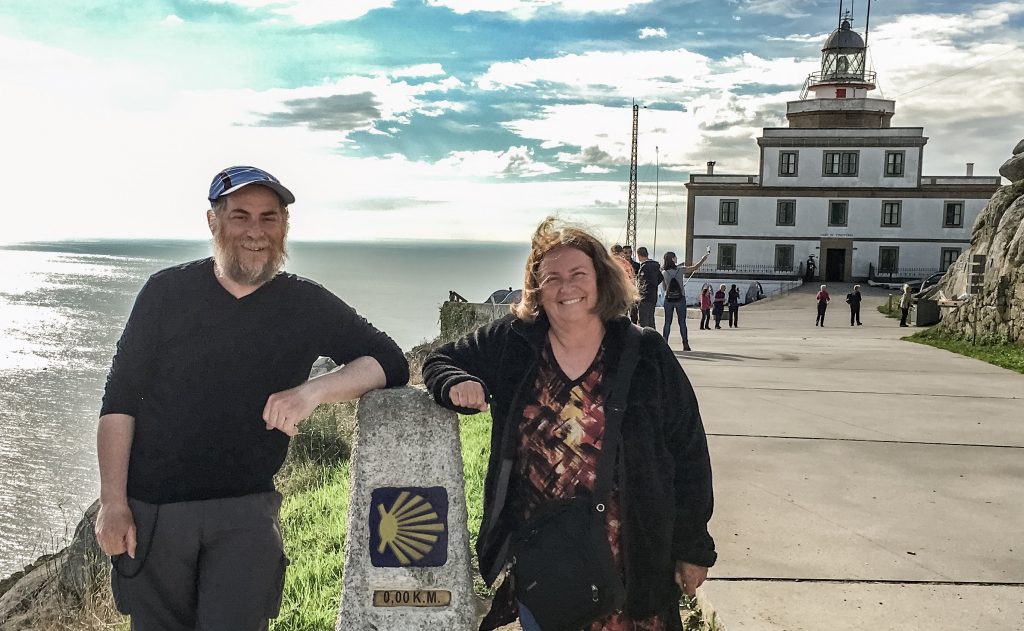
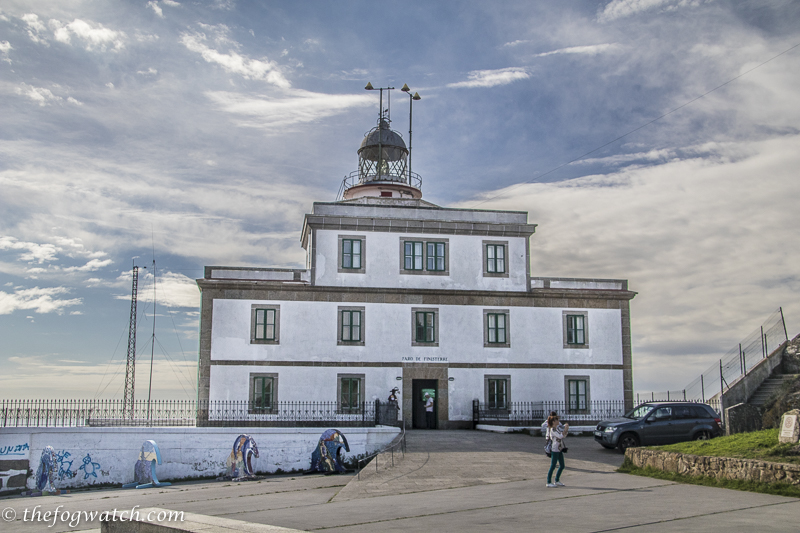
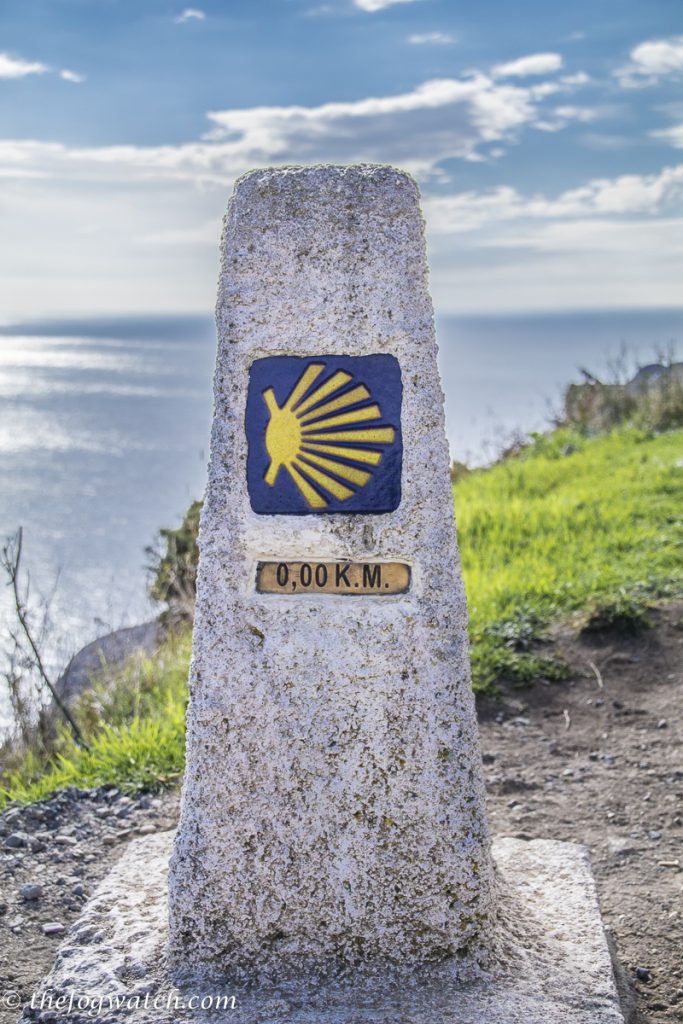
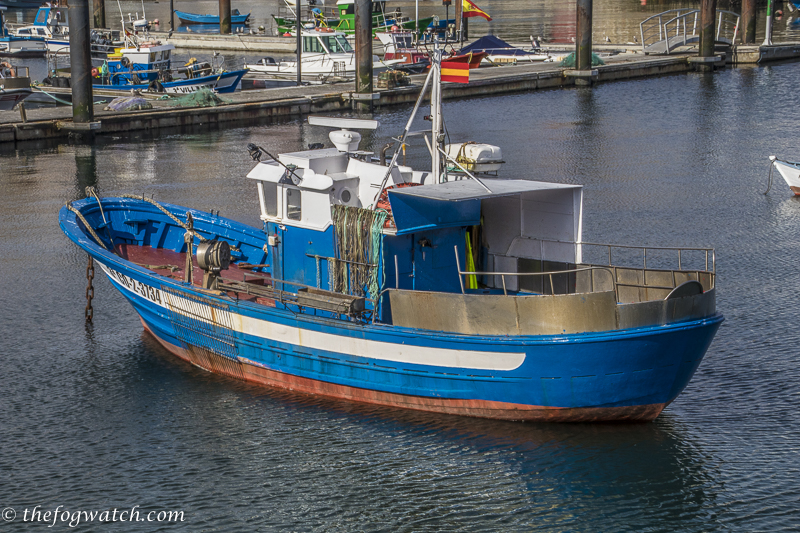
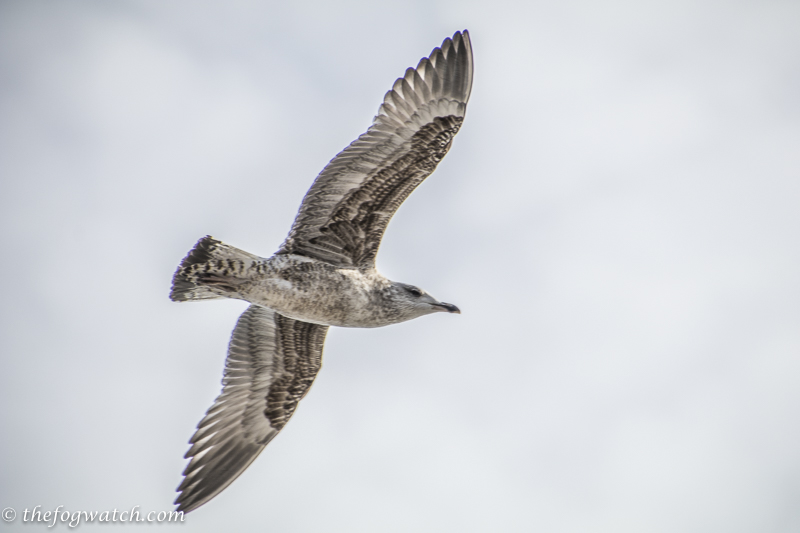
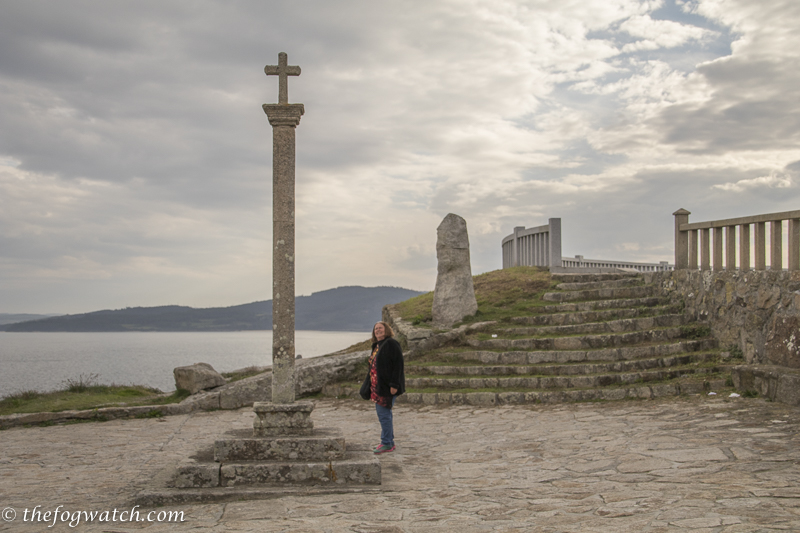
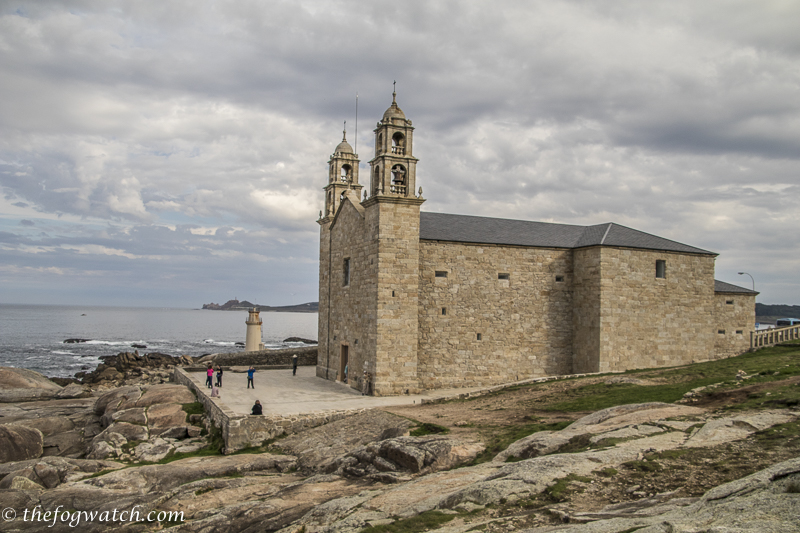
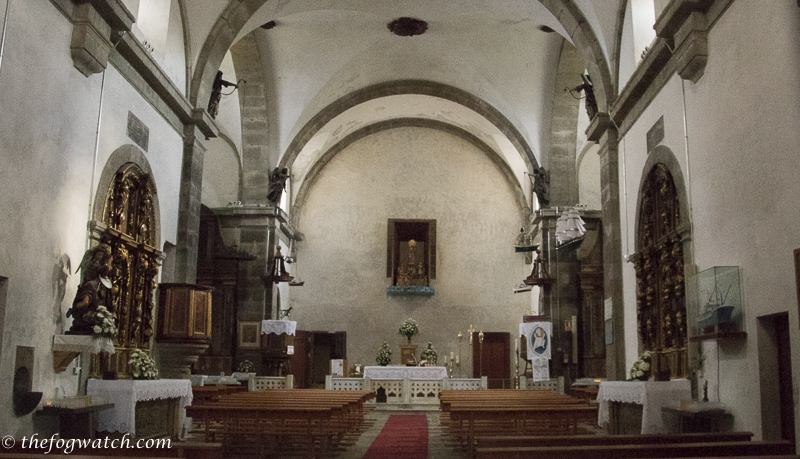
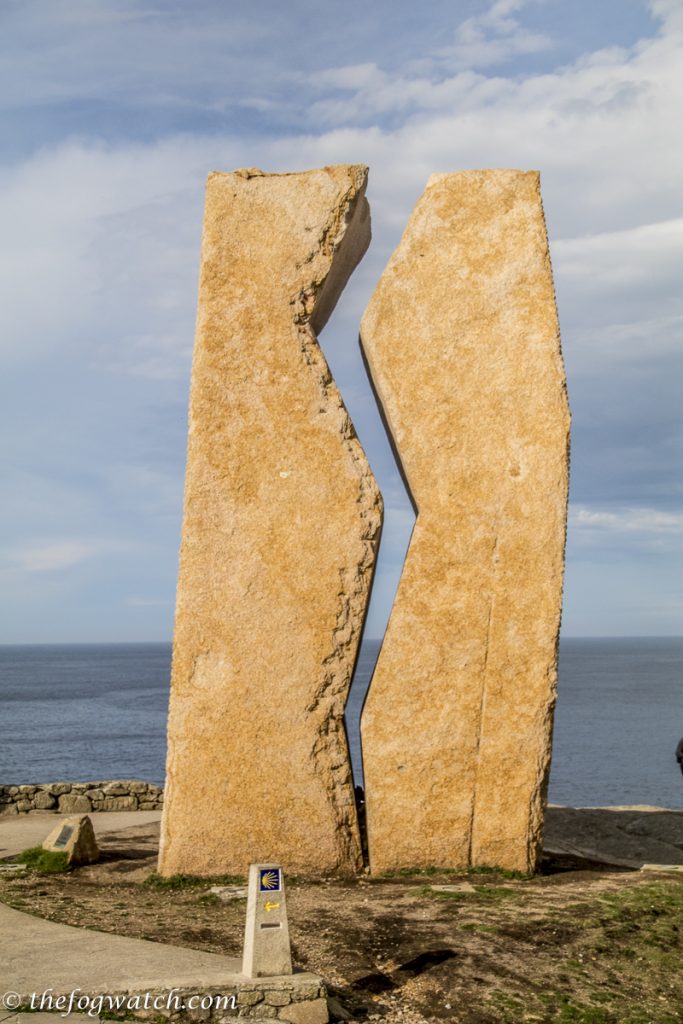
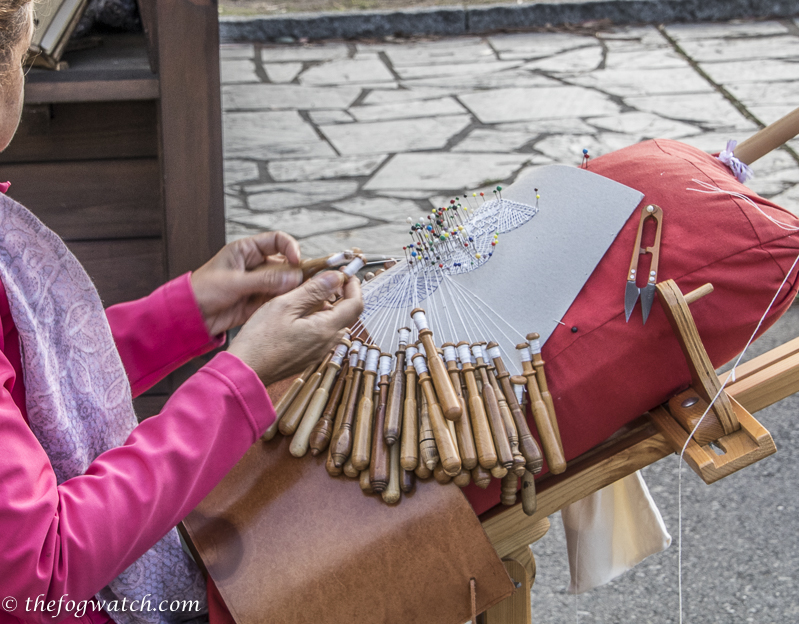
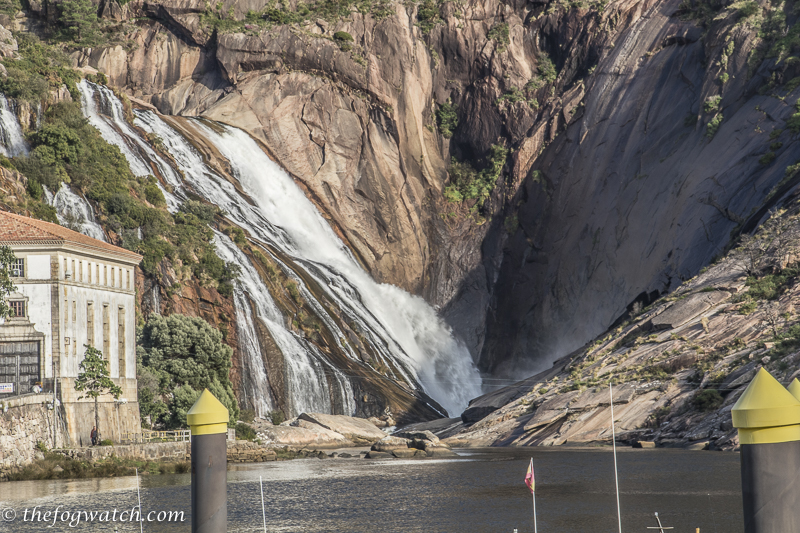
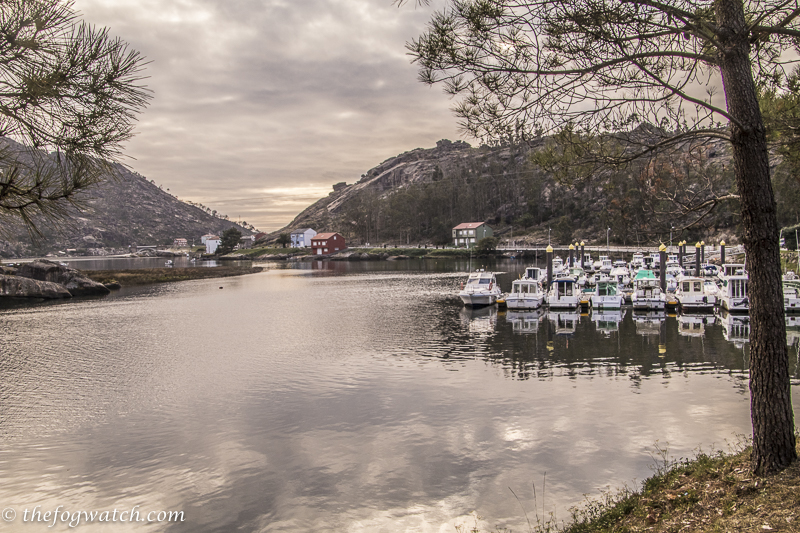
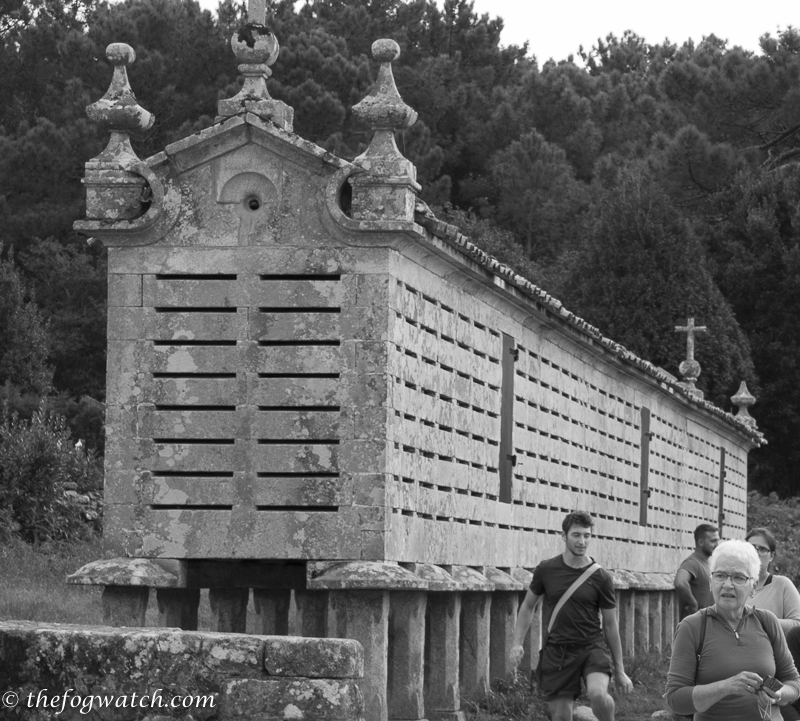
Wowww. Well that’s definitely made my mind up!! I wasn’t going to push on to Finnesterre and Muxia, but this has changed my mind. I’m not certain if I’ll do the Camino more than once, so I’ll take extra time and visit these places too. Makes sense to not miss so much significance relevant to the walk.
Thanks Cindy! I wasn’t sure myself until I visited these places and yes they’re both definitely worth a visit as part of your Camino 🙂
Hi Jerry, awe the end of the world. It was definitely thrilling to visit and see that 0.0 marker. I really loved Muxia a lot and I also took a photo of the church from the entrance as it was also closed when I visited. They did a great job repairing it. I could’ve stayed there for hours staring out into the ocean. Such a beautiful spot.
Thanks Kathy! Yes – both were special places. Muxia has a real atmosphere to it and I can see why people were drawn there over the ages. There is something wonderfully timeless and mesmerising about the ocean. It would have been great to see the sunset there, but of course, we had to move on. Similarly, Finistere with the 0.0 marker and the old lighthouse. Great spot for lunch and seeing the old style fishing boats in the little harbour – took me right back to my early childhood in Cornwall UK.